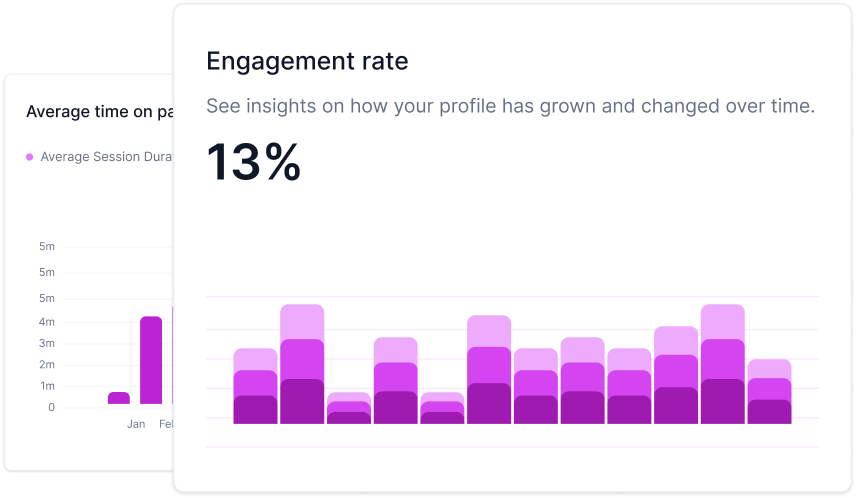What is the Responsive Design?
Responsive design is an approach to web design and development that focuses on creating websites and web applications that adapt and display effectively on various devices and screen sizes. It ensures that a website's layout, content, and functionality adjust dynamically to provide an optimal user experience, whether the user is accessing the site on a desktop computer, tablet, smartphone, or any other device.
In the ever-evolving landscape of the internet, responsive design is a game-changer that can make or break your website's success. In this article, we'll explore what responsive design is, answer three fundamental questions, and shed light on why it's crucial for your website's effectiveness.
What Is Responsive Design, and Why Is It Important for My Website?
Responsive design is an approach to web design and development that ensures your website adapts seamlessly to different screen sizes and devices. It prioritizes user experience, making your website look and function well on a desktop, laptop, tablet, or smartphone.
The importance of responsive design lies in the diverse ways people access websites. Consider these scenarios:
- A potential customer uses a smartphone to search for a nearby restaurant. If your restaurant's website isn't responsive, they might struggle with tiny text and difficult navigation, leading to a frustrating experience.
- A blog reader prefers to read articles on their tablet during their commute. A responsive design ensures your content adjusts to the tablet's screen, enhancing readability and engagement.
- A business executive researching services on their desktop at the office. A responsive website offers a professional and user-friendly experience.
The takeaway is simple: responsive design guarantees that your website caters to all users, regardless of the device they're using. It's not just about aesthetics but also functionality, ensuring visitors can easily navigate, read, and interact with your site, which is crucial for keeping them engaged and preventing high bounce rates.
How Can I Make My Website Responsive, and What Are the Key Considerations in the Design Process?
If you're looking to make your website responsive, here's a guide to get started:
- Use a Responsive Framework: Consider frameworks like Bootstrap or Foundation, which provide pre-designed components and responsive grid systems to expedite the development process.
- Flexible Grid Layout: Implement a flexible grid system using CSS to make your website's layout adapt to different screen sizes. Use percentages instead of fixed pixel values for width and spacing.
- Media Queries: Employ CSS media queries to apply specific styles or layout adjustments based on the user's screen size. For example, you can create different layouts for desktop, tablet, and mobile.
- Optimize Images: Resize and compress images for different screen sizes. This ensures faster loading times on smaller screens without compromising image quality on larger screens.
- Testing and Validation: Regularly test your website on various devices and browsers to ensure that it functions correctly and appears as intended. Validation tools can help identify and fix any issues.
When designing a responsive website, remember that user experience should remain consistent across devices. Ensure that the content and features essential to your website are accessible and user-friendly on all screens.
What Are the Benefits of Responsive Design for My Website and My Users, and How Does It Impact SEO and User Experience?
Responsive design brings a multitude of benefits for both your website and its users:
- Enhanced User Experience: Users can access your site from any device and enjoy an optimized experience. This reduces bounce rates, increases engagement, and encourages longer visits.
- Improved SEO: Search engines like Google favor responsive websites. A mobile-friendly design can lead to better search rankings and increased visibility.
- Cost-Effective: Maintaining a single responsive website is more cost-effective than managing separate desktop and mobile versions. It saves time and resources.
- Consistency: Content, branding, and user experience remain consistent across devices, reinforcing your brand identity.
- Increased Conversions: A better user experience and accessibility on mobile devices can lead to higher conversion rates, whether that means more sales, leads, or engagement.
In conclusion, responsive design is not just a buzzword; it's a fundamental aspect of modern web development. By understanding what it is, how to make your website responsive, and the benefits it offers, you can create a user-friendly site that not only appeals to your audience but also ranks higher in search results. So, it's time to embrace responsive design and ensure your website shines on all screens.

